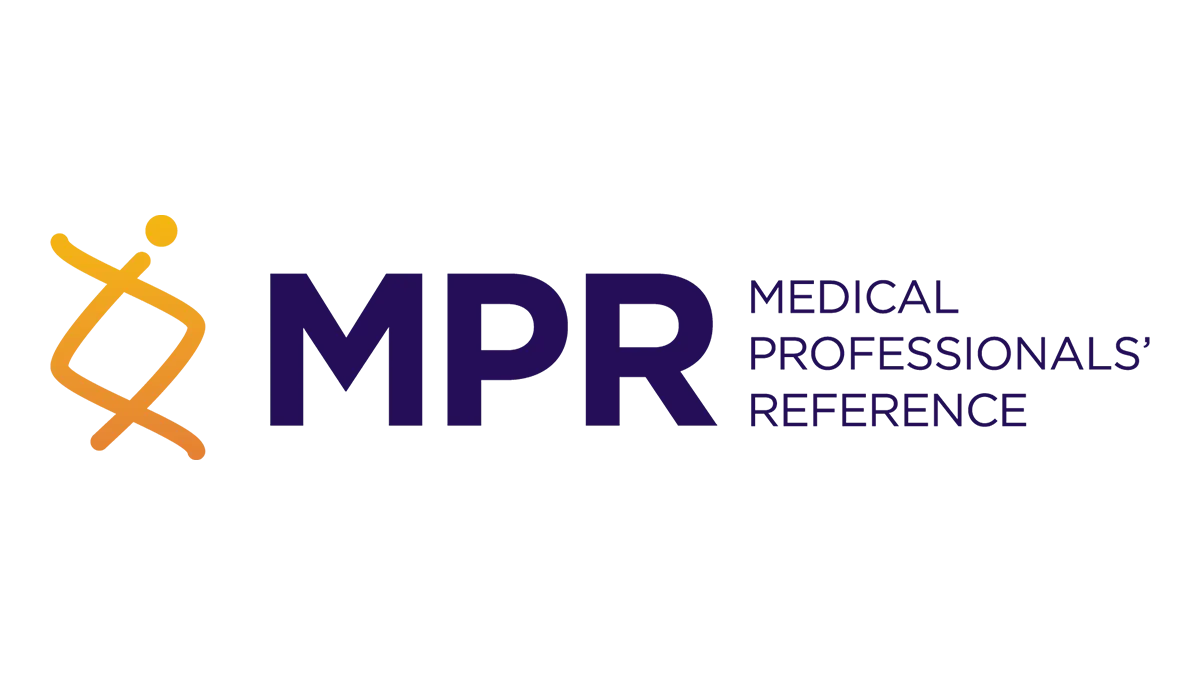Hematologic Disorders and Iron Deficiency Anemia: Key Insights

Hematologic Disorders and Their Impact
Iron deficiency anemia is one of the most common hematologic disorders affecting adults today. It occurs when the body lacks enough iron to produce sufficient hemoglobin. This condition is often linked with various health issues, such as fatigue and decreased immune function.
Prevalence of Iron Deficiency Anemia
In the United States, research indicates that fourteen percent of adults meet criteria for absolute iron deficiency. While many individuals may not showcase symptoms, particularly those without anemia, it is critical to recognize the significance of this deficiency.
Factors Influencing Iron Status
- Heart Failure
- Chronic Kidney Disease (CKD)
- Current Pregnancy
These factors can lead to both absolute and functional iron deficiency, affecting 11 to 15 percent of individuals. Without proper management, these disorders can lead to severe health consequences.
Management and Prevention Strategies
- Regular screening for iron status
- Dietary adjustments to include iron-rich foods
- Supplements when necessary
Addressing hematologic disorders proactively can help mitigate potential health risks associated with iron deficiency anemia.
Disclaimer: The information provided on this site is for informational purposes only and is not intended as medical advice. We are not responsible for any actions taken based on the content of this site. Always consult a qualified healthcare provider for medical advice, diagnosis, and treatment. We source our news from reputable sources and provide links to the original articles. We do not endorse or assume responsibility for the accuracy of the information contained in external sources.
This article was prepared using information from open sources in accordance with the principles of Ethical Policy. The editorial team is not responsible for absolute accuracy, as it relies on data from the sources referenced.